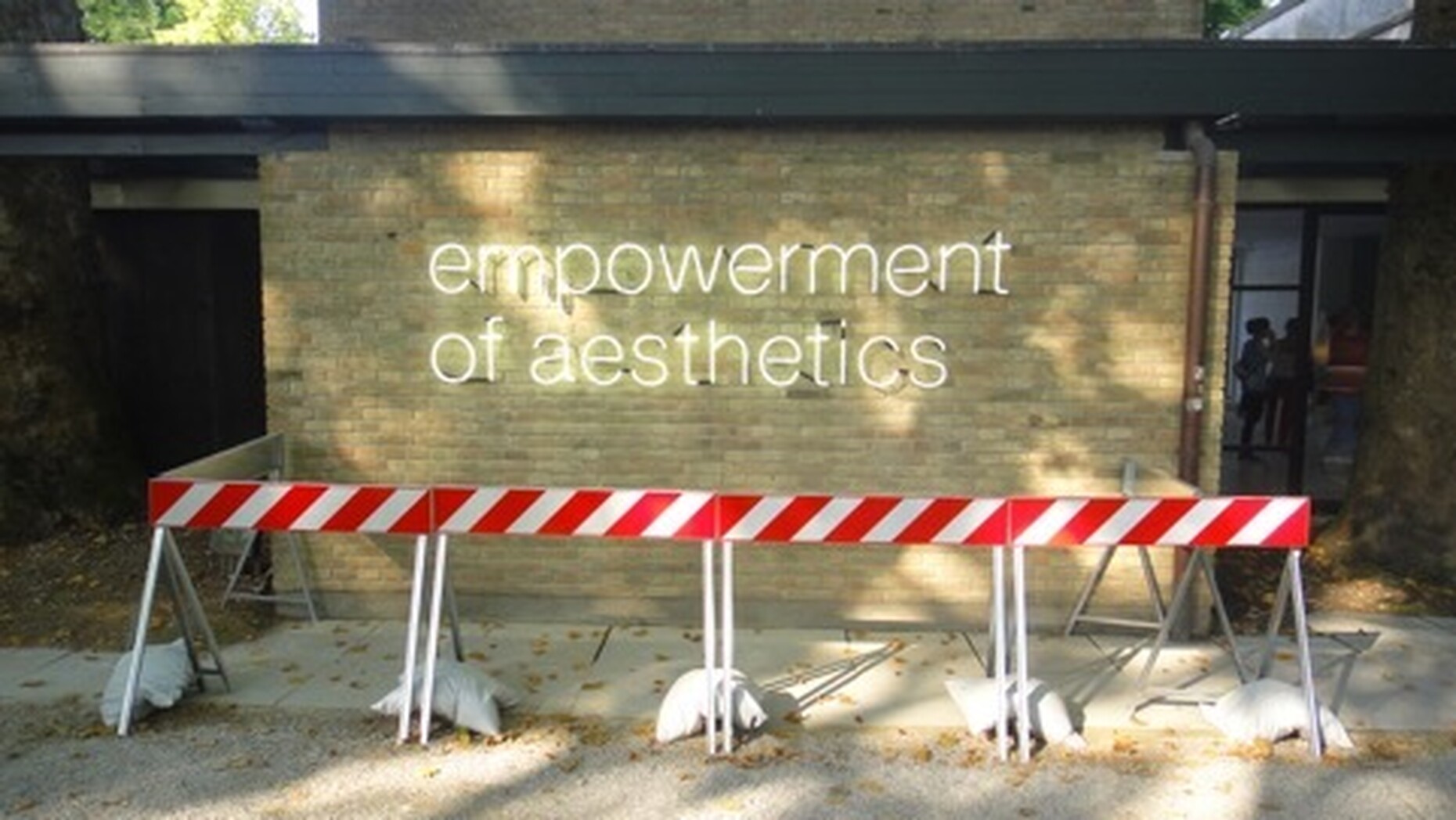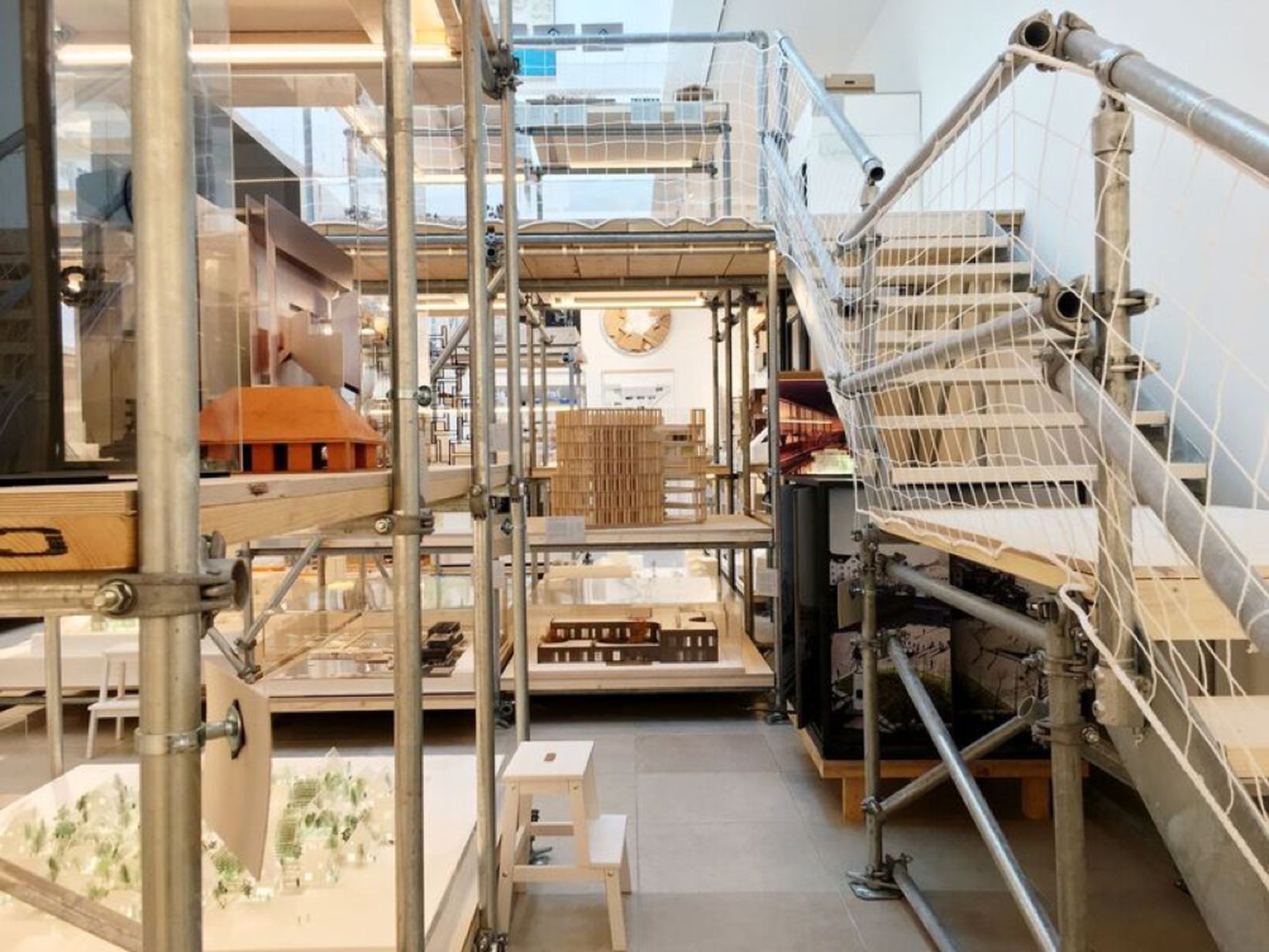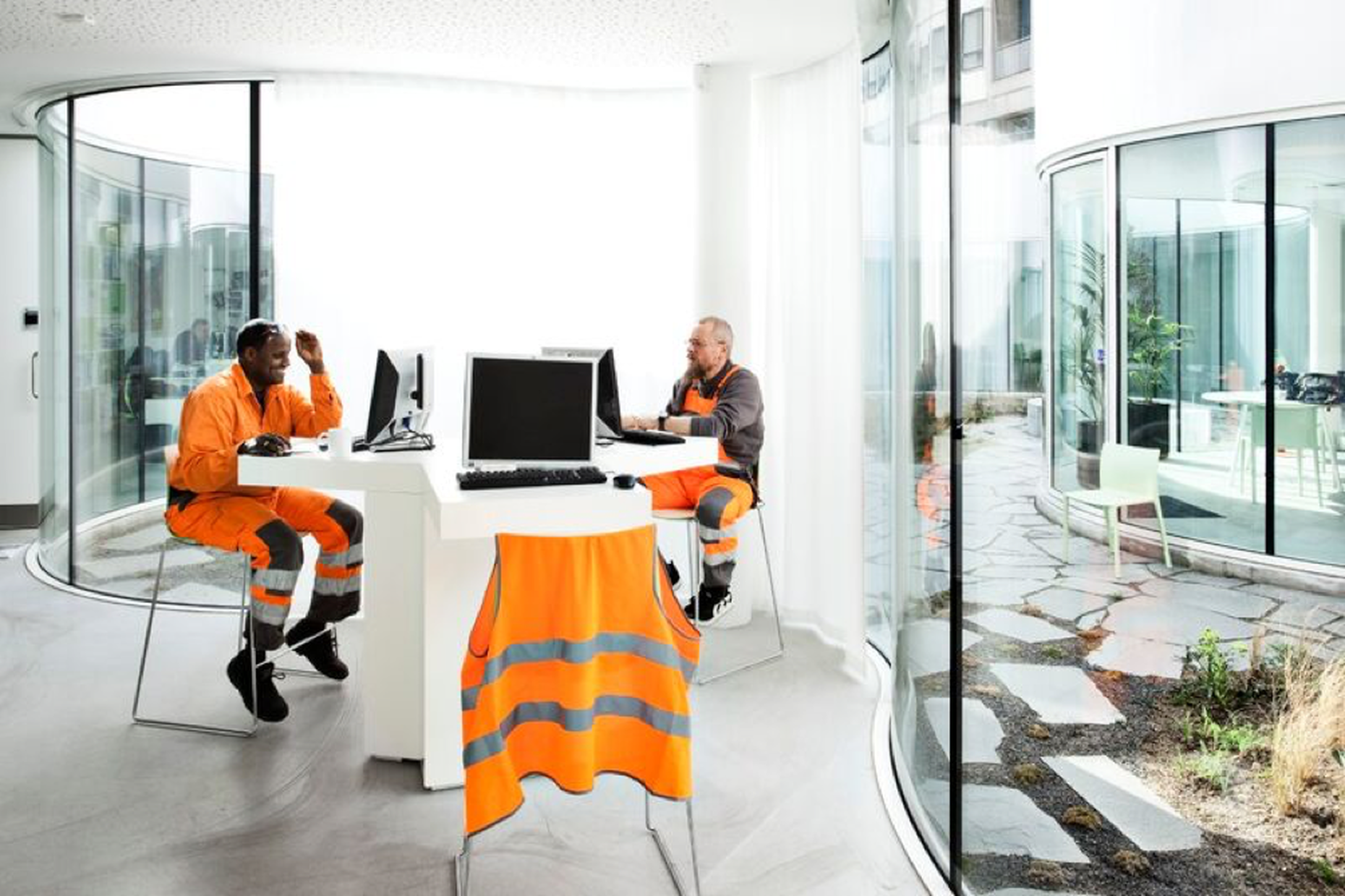BIENNALE ARCHITETTURA 2016
Architecture for everyone!
One can read this year’s exhibition as a response to the previous Biennale: In 2014, the Venice International Architecture Exhibition presented the empowerment of aesthetics as still under construction. The neon logo on the façade of the Danish Pavilion said “Empowerment of Aesthetics” and was surrounded by construction barriers. It defined the key task for architecture and society, formulating it as a mission. The exhibition was staged as a festival of the senses that let visitors smell, feel and hear things directly. And it unequivocally showed that we have for far too long neglected aesthetics in favor of technology, although the former is decisive for strategies of sustainability.
At this year’s Biennale the Danes show how the mission can be realized. “Reporting from the Front” is the major heading chosen by curator Alejandro Aravena for the Biennale 2016 and the Danes report a key message: They demonstrate how architecture for all can improve people’s quality of life.
“Show of the best”
130 projects by 60 different studios are presented as models in one section of the pavilion. Only a handful of them are visions. All the others have been realized, either in Denmark or somewhere else, or are under construction or being planned. The models are presented on several levels of scaffolding erected inside the building and across which visitors move. You may be sent reeling when you think that a country with only five million inhabitants can achieve all this. It is not a show of the best. It is reality!
The exhibition presents everyday life in our neighboring country which seems to be unlike that in Germany. It is truly surprising how many projects of such generally outstanding architectural quality are being supported or implemented. Here, a physical environment is being created not for an elite but for everyone, ensuring everyone enjoys a better quality of home life.
Art of Many
“Art of Many – and the Right to Space”: the title of the exhibition characterizes Danish architecture, which does not rely on prestige projects and eye-catchers to set itself off from standardized mass production of everyday architecture. On the contrary, if one tours the countryside and the cities then one soon notices that Danish architecture is shaped by a conceptual and differentiated quality created by a broad range of architects and partners. It is indeed an “Art of Many” – for many.
You experience how kindergartens, cancer treatment centers, cogeneration plants end even cities are planned in such a way that there is high-grade public space for everyone and the built environment improves people’s lives. It is pragmatic, playful and sometimes even poetic.
The architectural models show solutions for a current social problem that us briefly explained on the small exhibition panels: e.g., the population is aging, rainfall is greater, or people from different cultures need to be integrated.
The architecture projects are structured according to five current themes: Exit Utopia, Designing Life, Pro Community, Beyond Luxury, Claiming Space. These themes are described and discussed in greater detail in the English-language catalog. The theme of “Exit Utopia” describes, for example, how affluence and consumption are closely interlinked and how we are busy exhausting our limited resources.
It becomes clear that architecture has to contribute to redefining luxury in order to secure people’s quality of life in the 21st century, too. This thematic approach places the architecture projects exhibited in a broader context, too. As visitors we get reminded that building is not a purpose in itself and that we must remember to plan now for what we may perhaps first need in ten years’ time. This gives architecture greater relevance and ensures it serves a higher purpose.
Right to space
The two curators, namely philosopher Kristoffer Lindhardt Weiss and architect Boris Brorman Jensen, outline in the catalog that the actual struggle in the field of architecture and planning centers on the “right to space”. In particular the right to quality public space. The focus is not on architectural styles, but rather on the impact the buildings have on life, the methodology used, and its social consequences.
From a German perspective, it is interesting to see how snice the beginning of the new millennium in Denmark the focus is on what architecture can deliver for people instead of mainly discussing what it costs, whether it is safe or flexible enough.
As early as the beginning of 2000 “Design to improve life” was a buzzword in Denmark and design thinking was in general considered a good problem-solving tool in private and public organizations. In architectural colleges, students learn how design methodology not only is a matter of form-giving, but of structuring processes.
This mindset also helps architects take a broader approach and include society outside the architecture offices, e.g., public administrations or private businesses in the aesthetic design work.
In Denmark a democratic welfare state has literally been “built” and carefully developed relying on architecture and physical planning. Inhabitants, public authorities, private developers and politicians in general understand that the built environment influences life and our opportunities for living, and thus our economy, competitiveness and GDP.
The catalog with the 130 projects can serve as a travel guide for your next architecture study tour in Denmark, and as inspiration about how architecture can foster the quality of life and society – not just for architects, but also for politicians, decision-makers and public agencies.





